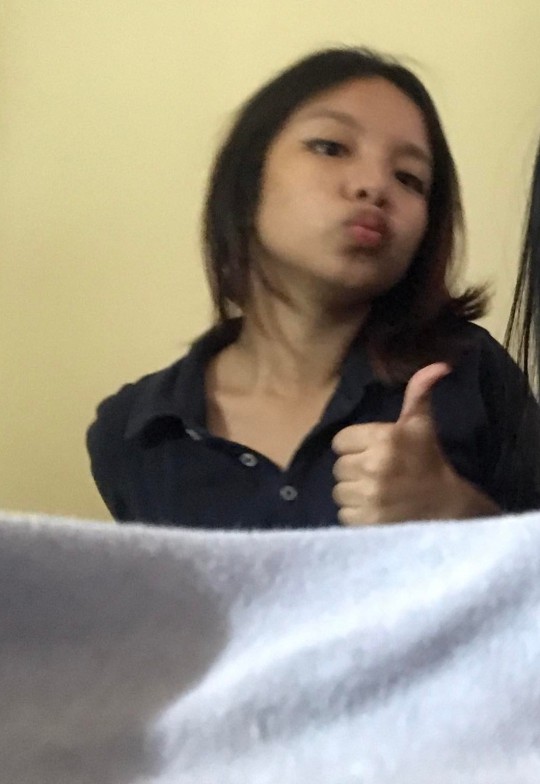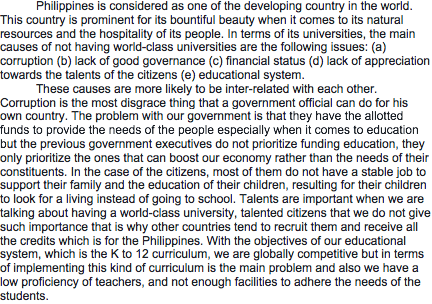#practicalresearch
Explore tagged Tumblr posts
Text
PORTRAITURE PRACTICAL RESEARCH -contact sheet ii

This is my second contact sheet from the same day but later at night.
We were using the light from the window and the lights outside at the street that you could see from it.
0 notes
Text




╔═ *.·:·.✧ ✦ ✧.·:·.* ═╗
05/07/23
I got up extra early today because I still needed to go to mass and do some housework. I then took a bath and fixed my laptop so I could take it to my PR groupmate's place. Our other group member and I meet up so that we can travel there together. We stopped at a 'palamig' kiosk on the way there to purchase a halo halo because it was so hot. We were welcomed when we arrived, and we immediately got to work on our researcher so that we could finish it early. We took a short break after finishing chapter 4 and talked with each other before deciding to grill a hotdog so we could eat before leaving. They asked me to cook it, but because I'm not very skilled in the kitchen, I ended up burning some hotdogs. We all laughed, and they mocked me about it.
#groupings #practicalresearch #adayinmylife
10 notes
·
View notes
Photo

My grade 12 advisory class STEM2110 on their defense for their Practical Research subject! Congrats guys! You did great! Thank you Mam Divine for being a wonderful teacher #PracticalResearch #SeniorHigh #STEM2110 #Grade12 (at Lyceum of the Philippines University-Cavite)
0 notes
Photo

Remember our SHS students are still part of the Basic Education, learn to set our expectations to our reality to minimize frustrations. 😂😂😂 #RRLAS #PracticalResearch #UBNHSSHS
0 notes
Photo

After all these almost sleepless nights, never ending research, brainstorming , almost zombie like face and thankfully it yield a good fruit. Success for our oral defense. Group 4 thank you for staying beside me and trusting me as your leader. Thank You for putting up on all my mood swing and tantrums and no matter what happened I'm thankful that you are my group mates. #instagram #artstagram #research #practicalresearch #success #oraldefense #dday #defense #suitandties #formals #
#success#oraldefense#research#practicalresearch#defense#artstagram#instagram#suitandties#formals#dday
0 notes
Photo

The submissions for #ICTAPR2023 scheduled to happen at #Asia is now open. Visit: https://econf.co/ictapr2023/ for more details about the event and submission. #ASDFInt #Sponsored #Conference #Singapore #2023Conferences #Academic #Event #Trends #PracticalResearch
0 notes
Text
PORTRAITURE PRACTICAL RESEARCH - contact sheet i

This is the second contact sheet for my practical portraiture research where I captured my friend on her morning routine with natural light coming from the window.
0 notes
Text
Why do the Philippines do not have a world-class university

0 notes
Photo

The submissions for #ICGTPAR2022 scheduled to happen at #UAE is now open. Visit: https://econf.co/icgtpar2022/ for more details about the event and submission. #ASDFInt #Sponsored #Conference #Dubai #2022Conferences #Academic #GrowingTrends #PracticalResearch #AcademicResearch
0 notes
Photo



Arabic Influential painted Letterforms
Some more experimentation which I have conducted. The use of paint brushes to create some individual Arabic letterforms, this experiment was just to see how different modern day equipment would perform in creating letterforms of that of the past and from my experimentation not too well. Some of the letterforms which are supposed to be created and present with more archness and curves have actually been actually created in a much more rigid form due to the brush. With many attempts, I tried to create a very subtle yet smooth curve but what tend to kept happening was that the brush would not create these arches or curves it had only created them if I had continuously gone over the same stroke over and over again and only then would I get a nice subtle and smooth curve and arch. If I had dipped the brush in a tub of paint and had instantly attempted to create a stroke of whatever letter, the stroke or letter would appear very rigid and blocky which is what I don't want and need.
I have experimented with a series of different techniques and tools from paint brushes, Qalam Pens, Parallel Pens, Quill Pens and 2 pencils. Qalam being the most successful, efficient and effective; but however they were and are some positives with the usage of the other 4 pens which I had experimented; the four following pens: Paint Brush, Parallel Pens, Quill Pens and 2 pencils do have some positive point and aesthetics/visuals but also have some negative points too at the same time.
0 notes